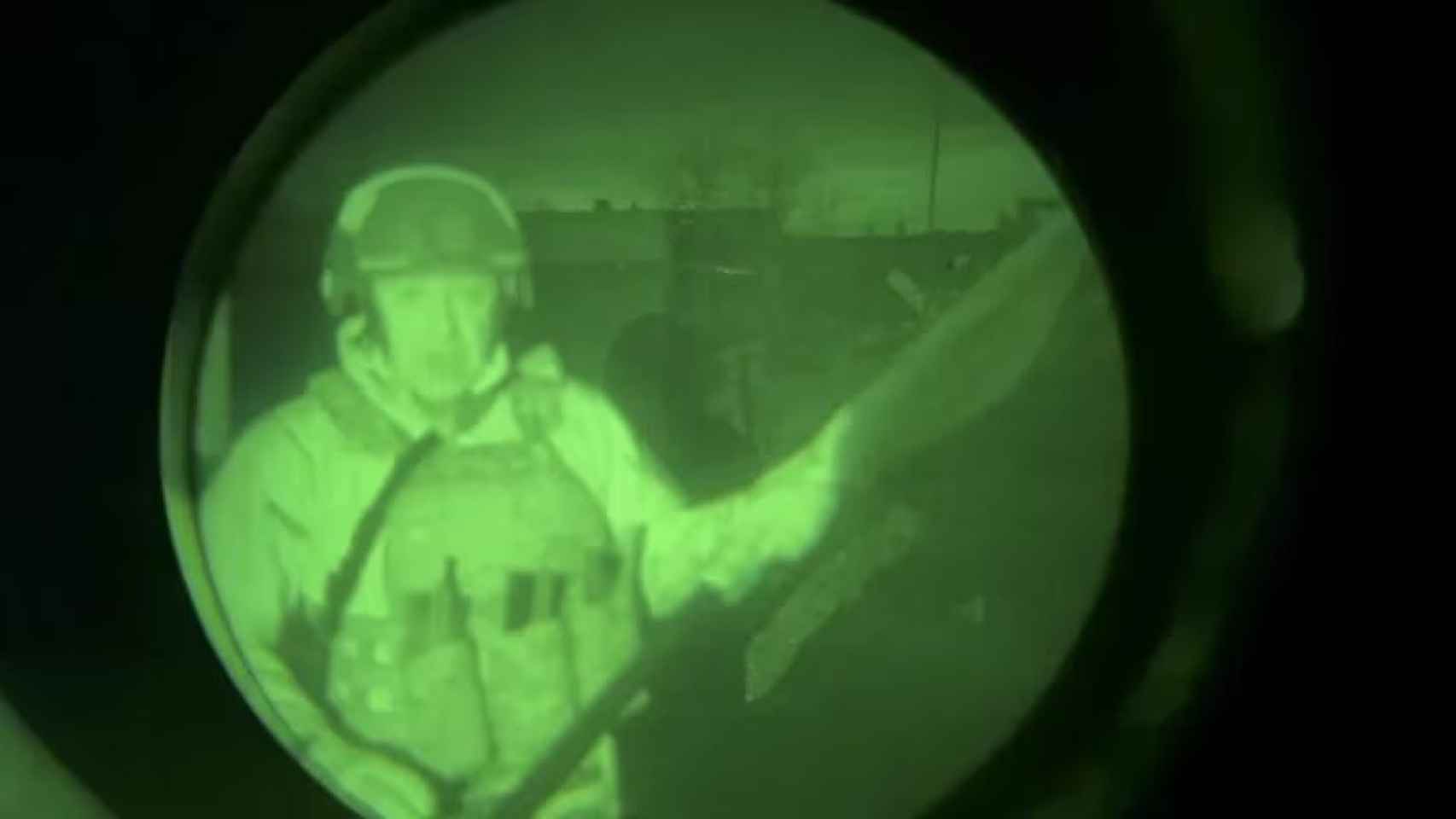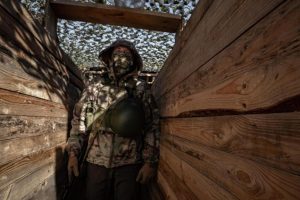The visit this Thursday of Volodymyr Zelensky to his Polish counterpart Andrzej Duda It has served to make two issues abundantly clear. The first: Ukraine knows that it needs Poland as a key to pressure the EU, NATO and the United States in terms of political involvement and military support and Poland knows that it needs to guarantee that involvement and that support so as not to be the next target from Putin. And the second: Zelensky has no intention of withdrawing his troops from Bakhmut unless it is strategically necessary or in the event that they are trapped by the troops of the Wagner Group.
The second key is not something we haven’t already heard. As Zelensky himself has said, the commander of the Ukrainian land forces, General alexander syrskyand the Commander-in-Chief of the Armed Forces of Ukraine, Valerii Zaluzhnyi. Even Oleksii Reznikov, Ukrainian Defense Minister, has expressed himself in this regard. And all this despite the fact that the US Secretary of Defense, Lloyd AustinHe said that Bakhmut had more symbolic importance than strategic and operational value.
[El Gobierno de Zelenski se dispone a negociar con Rusia por primera vez parte de Crimea]
A strategic value that can go far beyond the obvious. So while the wagner group It has 6,000 elite soldiers and about 30,000 recruited men in prisons according to the United States general Mark Milley, chairman of the US Joint Chiefs of Staff, Ukraine “is making a very effective defense that has been very costly for the Russians.” Or what is the same: Russia has managed to take control of 65% of Bakhmut to date at the cost of terrible casualty figures and still “has not achieved its strategic objectives”, according to Milley.
A human meat grinder in which Western sources estimate between 20,000 and 30,000 Russian soldiers dead or wounded and more than 15,000 Ukrainian soldiers. Even so, Zelensky and his generals are not going to back down. Theory reinforced this Thursday by the leader of Wagner, Yevgeny Prigozhin: “You have to say clearly that the enemy is not going anywhere.”
But why?
Prigozhin in the video where he announces the seizure of the center of Bakhmut.
While the most active battlefront moves in Bakhmut and in the axes Kreminna-Lysychansk (to the north) and Krasnohorivka-Marinka (to the south), Reznikov, Ukrainian Defense Minister, confirmed during a visit to his Greek counterpart in Athens what has been an open secret for a long time: Ukraine is already preparing a counteroffensive in which it will have the soldiers that are being trained in several European countries -among them Spain- and with the tanks leopard Europeans, the challenger british and the M1 Abrams americans.
The question now lies in which area of the front such an offensive will take place, since all the lights point to Kherson and, therefore, to the Crimea. Especially after the latest statements by Andriy Sybihadeputy head of Zelensky’s Office, to the daily Financial Times: “If we manage to achieve our strategic objectives on the battlefield, and when we reach the administrative border with Crimea, we are ready to open a diplomatic page to address this issue. That does not mean that we exclude the liberation (of Crimea) by our army “.
[‘Convoy’, los mercenarios rusos que ya compiten con el Grupo Wagner en el frente de combate]
These statements are, in the FT’s opinion, one of the most explicit signs so far of Ukraine’s intention to negotiate on Crimea, which could “alleviate” the fears of Western countries that were suspicious of a possible attempt by Kiev to recover the peninsula by force. Sybiha, as reported by EFE, emphasized that the talks in the president’s environment about a possible negotiation concern Crimea exclusively.
Also, the Ukrainian General Staff reported in his daily military report that the Russian military “is increasing the fortification of its defensive borders and positions” in the territories it controls in Zaporizhia and Kherson in southern Ukraine, presumably in anticipation of a possible Ukrainian counteroffensive.
The last piece of the puzzle would have been given by himself Vladimir Putin in his meeting in the Kremlin with Denis Pushilinleader of Donestk, where he pointed out that the objective of the Russian forces in Donbas is to move the line of separation with the Ukrainian forces to such a distance that they cannot reach the Russian troops and the capitals of Donetsk and Lugansk with their artillery.














